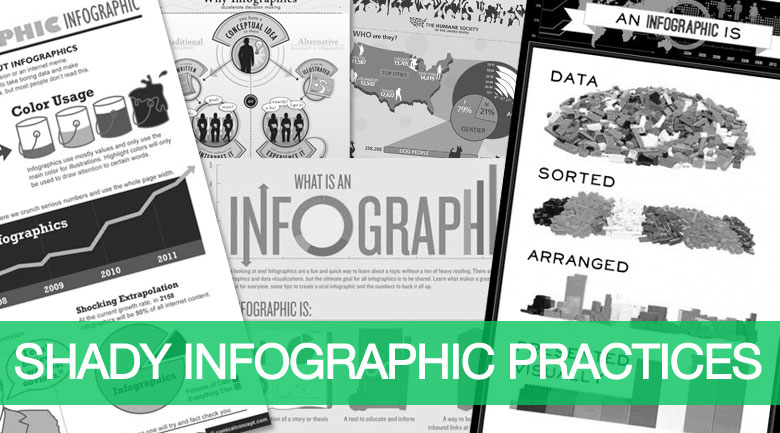The new trend in infographics being used to trick you today
Years ago, we instituted a policy banning the publication of most infographics unless it was unique to our news organization, added so much more to a story than words could, or for other small reasons, but in general, we shy away from them.
Why? Because there are endlessly shady infographic practices today. Oh what, you thought that random company you’ve never heard of was doing you a service and giving you a free infographic for your site with no strings attached? Nope, there is a catch.
![]()
For years, infographic mills and spammers have created infographics, emailed bloggers and news organizations about them, and months or even weeks down the road, they reach out to the site using the graphic and request that the link be changed, which doesn’t sound harmful, but it does present a hoard of vulnerabilities which we’ve outlined in the past.
Then, they started making videos out of these infographics and hosting them on YouTube and allowing them to be embedded in sites, only weeks or months later to email the site owner, requesting a link to their site for using the video, or a request to remove the video – and they always sound so official and litigious that most bloggers get scared and comply.
The problem is that when you get these official sounding emails, they aren’t usually even from the people that created the infographic, hosted it, promoted it, or purchased the site (supposedly) from the original graphic creators – we suspect that in many cases, the links being asked of bloggers to change are often being redirected to nefarious sites. Google gets wind of that and your site is toast.
Today’s scheme – helpful college kids
In the last month, our press desk has seen a new tactic being used in the form of a random, anonymous college students who have no presence online, not even on Facebook (hint: that means they’re not real) who just happen to stumble across your site, and just happen to know of this really cool infographic you could use.
Here’s an example of one of those seemingly innocent emails (click to enlarge):
Red flags include the fact that these people don’t exist anywhere online, they submit to the general contact email rather than directly, and they offer no context to their random email. For bloggers and news sites falling for this tactic, there will inevitably be the follow up email in roughly 90 days, long after the graphic is a distant memory, with a request to change the link. And so the cycle continues.
Consider skipping infographics on your site unless from a trusted source you know personally, lest you have to determine litigious emails in the future from spammer tricks. Do you really have the bandwidth or care to manage the ridiculously time consuming cycle?
Lani is the COO and News Director at The American Genius, has co-authored a book, co-founded BASHH, Austin Digital Jobs, Remote Digital Jobs, and is a seasoned business writer and editorialist with a penchant for the irreverent.











































